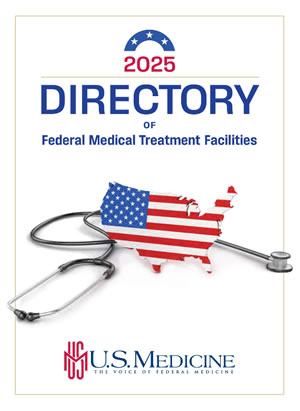TORONTO — A study involving military researchers has raised concerns about the use of certain types of anesthesia in children with acute lymphocytic leukemia (ALL).
The report in the Journal of Clinical Oncology pointed out that many children treated for ALL develop long-term neurocognitive impairments. “Increased risk of these impairments is associated with treatment and demographic factors,” The Hospital for Sick Children-led researchers wrote, “Exposure to anesthesia is an additional possible risk factor.”1
The study team, including researchers from Uniformed Services University’s F. Edward Hebert School of Medicine in Bethesda, MD, evaluated the effects of cumulative exposure to anesthesia on neurocognitive outcomes among a multicenter cohort of children with ALL.
The study, which embedded in A-ALL1131, a Children’s Oncology Group phase III trial for patients with high-risk B-ALL, performed uniform assessments of neurocognitive function prospectively and then at one year after completion of therapy in consenting patients age 6–12 years.
The researchers abstracted exposure to all episodes of anesthetic agents, Their models determined associations of cumulative anesthetic agents with the primary neurocognitive outcome reaction time/processing speed (age-normed) at one year off therapy, adjusting for baseline neurocognitive score, age, sex, race/ethnicity, insurance status (as a proxy for socioeconomic status) and leukemia risk group.
For the study, 144 children, mostly male with a mean age of 9.1 (min-max, 6.0-12.0) underwent a median of 27 anesthetic episodes (min-max, 1-37). “Almost all patients were exposed to propofol (140/144, 97.2%), with a mean cumulative dose of 112.3 mg/kg,” the authors pointed out. “One year after therapy, the proportion of children with impairment (Z-score ≤-1.5) was significantly higher compared with a normative sample. In covariate-adjusted multivariable analysis, cumulative exposure to propofol was associated with a 0.05 Z-score decrease in reaction time/processing speed per each 10 mg/kg propofol exposure (P = .03).”
The report concluded that, in a multicenter and uniformly treated cohort of children with B-ALL, “cumulative exposure to propofol was an independent risk factor for impairment in reaction time/processing speed 1 year after therapy. Anesthesia exposure is a modifiable risk, and opportunities to minimize propofol use should be considered.”
- Alexander S, Kairalla JA, Gupta S, Hibbitts E, et. Al. Impact of Propofol Exposure on Neurocognitive Outcomes in Children With High-Risk B ALL: A Children’s Oncology Group Study. J Clin Oncol. 2024 Aug 1;42(22):2671-2679. doi: 10.1200/JCO.23.01989. Epub 2024 Apr 11. PMID: 38603641.

